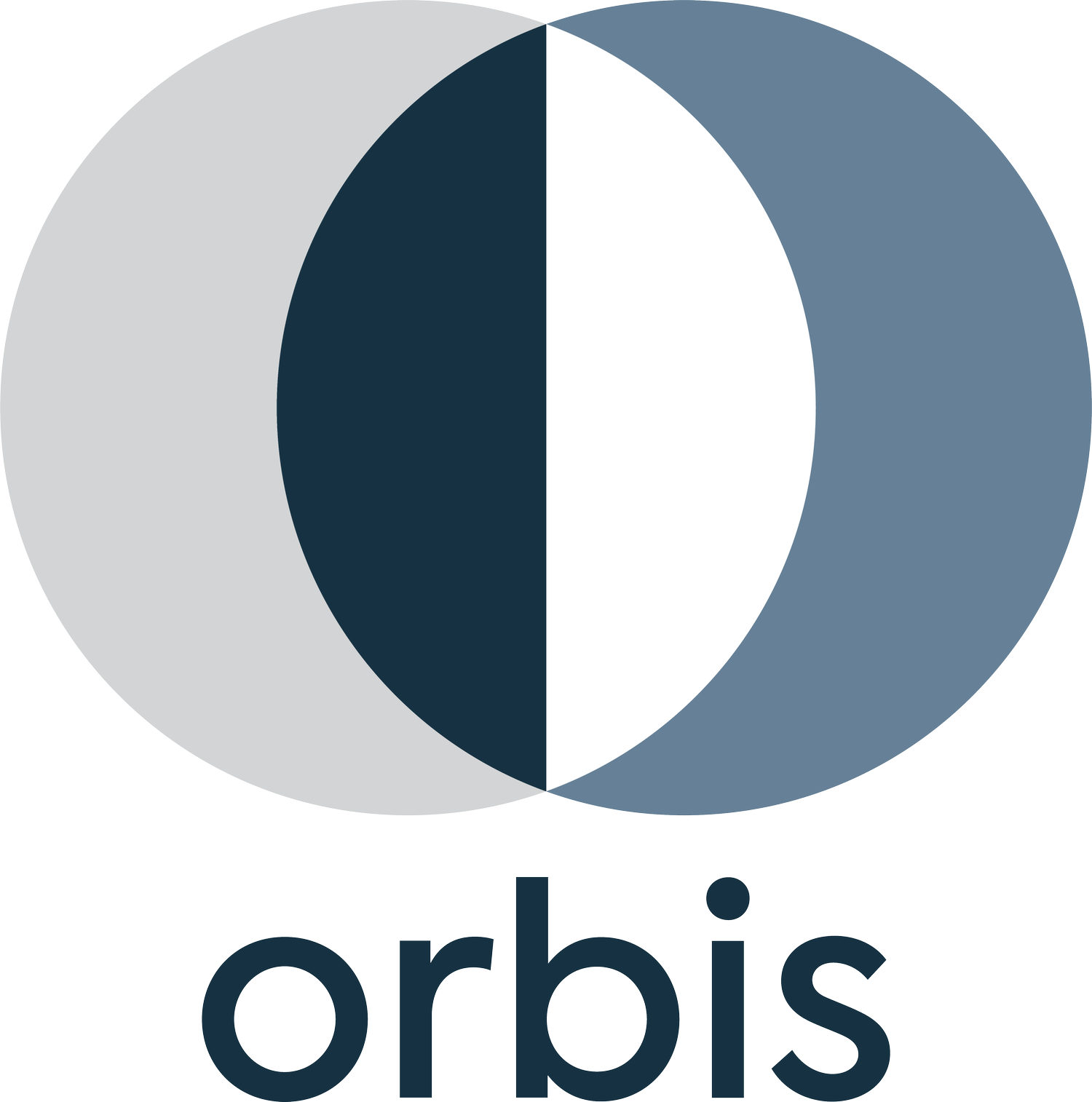Why TCFD matters
Introduction
With the release of the Task Force on Climate-related Financial Disclosures (TCFD), recommendations for voluntary consistent climate rated financial disclosures in June 2017, the topic of “TCFD” is fast gaining momentum and moving up the corporate agenda. Businesses are starting to realise the needs (risks) and benefits (opportunities) from identifying the climate change risks their organisations may be exposed to both now and in the future. In addition, the financial metric based approach of the framework enables for greater transparency and aligns its approach with how interested stakeholders are starting to want to gather this kind of data.
“Increasing transparency makes markets more efficient, and economies more stable and resilient.”
- MICHAEL R. BLOOMBERG
Will your organisation be impacted?
Whilst not yet legally required the short answer is YES if you want to stay ahead of the curve and build in business resilience which will future proof you from the risks of climate change.
The framework is sector wide covering both financial and non-financial sectors, however, companies with listed debt or equity, plus asset managers and asset owners are strongly encouraged to adopt the recommendations. This is to encourage more informed investing and lending for debt and equity providers and responsible and sustainable insurance underwriting for insurers, enabling interested stakeholders to consider the risks and opportunities and make better informed decisions. Also it provides the information and tools for asset managers and asset owners to undertake effective and future proofed management of their assets.
The TCFD has also provided additional guidance for 8 identified sectors which may be most affected by climate change. These include;
Energy Group;
Transportation Group;
Material and Buildings Group;
Agriculture, Food and Forest Products Group;
Banks;
Insurance companies;
Asset owners; and
Asset managers.
A link to the additional guidance documents can be found here
The benefits
The TCFD task force has identified a number of key benefits of implementing the framework, which include:
“Easier or better access to capital by increasing investors’ and lenders’ confidence that the company’s climate-related risks are appropriately assessed and managed;
More effectively meeting existing disclosure requirements to report material information in financial filings;
Increased awareness and understanding of climate-related risks and opportunities within the company resulting in better risk management and more informed strategic planning; and
Proactively addressing investors’ demand for climate-related information in a framework that investors are increasingly asking for, which could ultimately reduce the number of climate-related information requests received”. TCFD, October 2018, Overview of Recommendations and Status Report.
How it works
The TCFD framework requires four specific disclosures to be made in financial filings or other reports.
The framework asks for disclosures on the following four core areas;
Governance – companies are asked to describe management and the boards’ role in how they oversee and assess the climate change risks and opportunities;
Strategy – companies are asked to describe any identified risk and opportunities the business has and their associated impact on the business strategy and financial planning. They are also asked to look to the future and provide comment on the resilience of their strategies taking into account different climate related scenarios e.g. a 2°C or lower scenario. The task force encourages forward-looking information through Scenario Analysis, as it is a useful tool for considering and enhancing resiliency and flexibility of strategic plans (TCFD, March 2018, TCFD Overview of Recommendations and Guidance).
Risk Management – the company is asked to describe how they identify, manage and assess climate related risks and how this process has been integrated into the businesses risk management programme.
Metrics and targets – the business is asked to disclose and discuss what metrics they have used and targets they have set to assess and manage any material risks and opportunities they have identified. They are also asked to disclose their Scope 1 and 2 greenhouse gas (GHG) emissions and risks, and if appropriate Scope 3 GHG emissions as well.
The future
With the climate change agenda receiving continued and increasing attention, both at government and public level and a move to a lower carbon economy, the risks from climate change are becoming more prevalent to organisations.
Whilst the TCFD framework is not yet compulsory there are number of indicators which imply it will soon be, such as the increasing number of supporters including governments (Belgium, France, Sweden and UK, according to the TCFD, September 2018, TCFD 2018 Status Report) and that existing sustainability benchmarks such as CDP and PRI are aligning their scoring with the TCFD framework.
One of the main issues with the framework will be around providing meaningful disclosure. This is likely to take time to obtain and will need a lot of internal buy in. Given the likely future and associated benefits it is recommend that organisations should be exploring now how they can comply and start embedding the recommendations into their current strategies.
Our services
Below is a list of some of the services that ITPEnergised and Orbis Advisory can provide to help align your organisation with the TCFD framework recommendations:
Gap Analysis
Benchmarking
KPI setting
Stakeholder engagement
Greenhouse Gas (GHG) reporting
Materiality Assessments
Scenario Analysis using the 2° tool
Science Based Targets
PRI and CDP alignment
If you would like to discuss TCFD please get in touch:
We welcome inquiries and feedback at esg@itpenergised.com or info@orbisadvisory.com.


